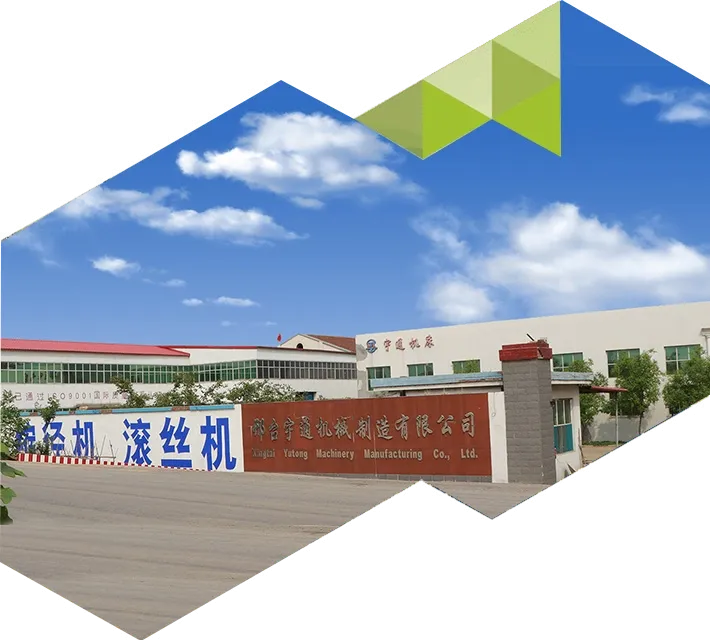
-
 Afrikaans
Afrikaans -
 Albanian
Albanian -
 Amharic
Amharic -
 Arabic
Arabic -
 Armenian
Armenian -
 Azerbaijani
Azerbaijani -
 Basque
Basque -
 Belarusian
Belarusian -
 Bengali
Bengali -
 Bosnian
Bosnian -
 Bulgarian
Bulgarian -
 Catalan
Catalan -
 Cebuano
Cebuano -
 Corsican
Corsican -
 Croatian
Croatian -
 Czech
Czech -
 Danish
Danish -
 Dutch
Dutch -
 English
English -
 Esperanto
Esperanto -
 Estonian
Estonian -
 Finnish
Finnish -
 French
French -
 Frisian
Frisian -
 Galician
Galician -
 Georgian
Georgian -
 German
German -
 Greek
Greek -
 Gujarati
Gujarati -
 Haitian Creole
Haitian Creole -
 hausa
hausa -
 hawaiian
hawaiian -
 Hebrew
Hebrew -
 Hindi
Hindi -
 Miao
Miao -
 Hungarian
Hungarian -
 Icelandic
Icelandic -
 igbo
igbo -
 Indonesian
Indonesian -
 irish
irish -
 Italian
Italian -
 Japanese
Japanese -
 Javanese
Javanese -
 Kannada
Kannada -
 kazakh
kazakh -
 Khmer
Khmer -
 Rwandese
Rwandese -
 Korean
Korean -
 Kurdish
Kurdish -
 Kyrgyz
Kyrgyz -
 Lao
Lao -
 Latin
Latin -
 Latvian
Latvian -
 Lithuanian
Lithuanian -
 Luxembourgish
Luxembourgish -
 Macedonian
Macedonian -
 Malgashi
Malgashi -
 Malay
Malay -
 Malayalam
Malayalam -
 Maltese
Maltese -
 Maori
Maori -
 Marathi
Marathi -
 Mongolian
Mongolian -
 Myanmar
Myanmar -
 Nepali
Nepali -
 Norwegian
Norwegian -
 Norwegian
Norwegian -
 Occitan
Occitan -
 Pashto
Pashto -
 Persian
Persian -
 Polish
Polish -
 Portuguese
Portuguese -
 Punjabi
Punjabi -
 Romanian
Romanian -
 Russian
Russian -
 Samoan
Samoan -
 Scottish Gaelic
Scottish Gaelic -
 Serbian
Serbian -
 Sesotho
Sesotho -
 Shona
Shona -
 Sindhi
Sindhi -
 Sinhala
Sinhala -
 Slovak
Slovak -
 Slovenian
Slovenian -
 Somali
Somali -
 Spanish
Spanish -
 Sundanese
Sundanese -
 Swahili
Swahili -
 Swedish
Swedish -
 Tagalog
Tagalog -
 Tajik
Tajik -
 Tamil
Tamil -
 Tatar
Tatar -
 Telugu
Telugu -
 Thai
Thai -
 Turkish
Turkish -
 Turkmen
Turkmen -
 Ukrainian
Ukrainian -
 Urdu
Urdu -
 Uighur
Uighur -
 Uzbek
Uzbek -
 Vietnamese
Vietnamese -
 Welsh
Welsh -
 Bantu
Bantu -
 Yiddish
Yiddish -
 Yoruba
Yoruba -
 Zulu
Zulu
thread rolling machine flat die
Understanding the Thread Rolling Machine with Flat Die Technology
The thread rolling machine with flat die technology plays a pivotal role in modern manufacturing, especially in the production of screws, bolts, and various threaded components
. This method of thread forming, as opposed to traditional cutting techniques, is revered for its efficiency, precision, and ability to produce high-quality threads.At the core of thread rolling is the principle of plastic deformation. Instead of removing material, the thread rolling process reshapes it, which enhances the mechanical properties of the threads produced. The flat die setup consists of two flat dies, which are precisely designed to create threads as the workpiece is rolled between them. This approach minimizes waste and results in a more uniform product, making it increasingly popular in industries where strength and durability are paramount.
One of the most significant advantages of using a thread rolling machine with flat dies is the creation of stronger threads. Because the material is re-formed rather than cut, the grain structure remains intact, leading to a tighter and more resilient thread. This is particularly important when manufacturing components subjected to stress and fatigue, such as automotive and aerospace parts.
thread rolling machine flat die

The flat die design contributes to the efficiency of the thread rolling process. Machines equipped with this technology can operate at high speeds, significantly enhancing production rates compared to traditional machining methods. This is particularly beneficial in high-volume manufacturing scenarios, where time and cost are critical factors. Manufacturers can produce thousands of parts per hour, which not only cuts down labor costs but also meets the high demand for threaded components across various sectors.
Moreover, thread rolling machines with flat dies require less energy to operate since the process does not involve cutting tools that generate significant friction and heat. This energy efficiency not only reduces operational costs but also aligns with the increasing emphasis on sustainable manufacturing practices.
However, the successful implementation of thread rolling technology mandates proper machine setup and operator skill. Precision in both the die design and the workpiece alignment is essential to achieve the desired thread specifications. As such, manufacturers must invest in training their operators and maintaining the machinery to ensure consistent quality and performance.
In conclusion, the thread rolling machine with flat die technology represents an advanced approach to producing threaded components that prioritizes strength, efficiency, and economic viability. As industries continue to evolve and demand for high-quality fasteners rises, the importance of this technology will only become more pronounced. Embracing thread rolling will undoubtedly forge a path toward enhanced productivity and superior product quality in manufacturing.
